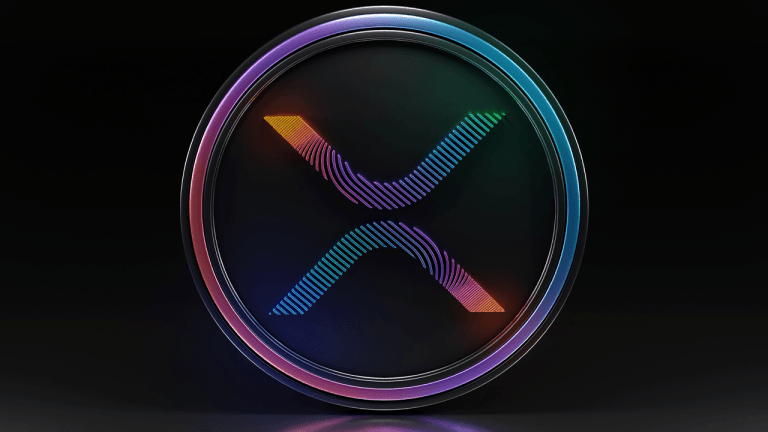 | Every month, I invest many hours to write a post on whether the bottom of the bear market is in from a technical perspective – so is history repeating itself from the view of common bottom indicators? This will probably be the last edition. I hope some of you enjoyed the content. It was my attempt at contributing to the quality of this sub. If you are only here for the conclusion: We do not know shit about fuck. You were right! This time the most common indicators failed to identify the bear market bottom. Based on the indicators I look at the most, I can see 8x NO and 4x YES. As always, these indicators just provide data based on history. There are many other sources of data. PART 1 – 8 'failed' bottom indicatorsDuring the last post in November, history was still very much repeating itself relative to prior bottoms, as the low of June was holding. Unfortunately, FTX collapsed, and we made a new low in November, thereby 'breaking' most bottom indicators. Here are the bottom indicators that flashed around the June low but failed to identify that a new low would be set in November: (1) Weekly RSI In the past, every time the weekly RSI -an indicator representing the strength in the market- got to the oversold level (below the purple band), Bitcoin had its bottom. This was not true this year. (2) Monthly MACD The MACD is a trend-following indicator. Every previous bear market when on the Monthly timeframe the trend shifted and the histogram had peaked (dark red bars ended, lighter red bars started; moments highlighted with vertical dashed blue line), the bear market bottom had already been in. The MACD peaked again in October 2022 (see orange vertical dashed line), but we still made a new low. (3) Rainbow price chart The Rainbow Chart was made in 2014 and did an adequate job identifying bottoms in 2015, 2016, 2019, and 2020. It was doing a decent job around the June low because the botton blue band was holding, but the Rainbow chart died during the FTX drop, as the lower blue band was severely breached. The creator refitted the model and made a new chart. Old chart below. (4) 200-week moving average In the past, the 200-week moving average was a key level of support that never really got broken, although we dipped under it for a moment in time. We rejected from this moving average 19 weeks ago and never even got close to it again. The same is true for the 200 weekly moving average of the entire market cap, which we lost during the FTX collapse. Bitcoin weekly + 200 week moving average (5) 100 week moving average X 20 week moving average Every time the 20 weekly moving average (orange line) crossed below the 100 weekly moving average (purple line), the bottom of the bear market was in within a week. These periods are highlighted with vertical lines. The same thing happened in the week of the June low, but this time we made a new low a few months later. Bitcoiny weekly + 100 week moving average (purple line) and 20 week moving average (orange line) (6) Pi cycle indicator This indicator uses moving averages and has an insane track record of identifying when the top is and when the bottom is. It flashed the bottom over the summer, 25 days after Bitcoins' June low on June 18. It didn’t achieve the same level as accuracy as before. (7) Hash ribbons indicator The Hash Ribbons indicator informs us on moments of capitulation of miners. After this capitulation has historically been an amazing moment to buy. This summer, on 19 August, it flashed again, after 71 days. Currently, there is another moment of extreme capitulation for miners (the most brutal miner capitulation since 2016!). So expect a second buy signal when that ends. (8) Percentage drawdown from cycle high A small bonus here that is a little different in that it is not a failed indicator yet. Many people expect a heavier drop based on historical bears, because in the past, the percentage drawdown from cycle high until bear market low was more severe:
Based on prior bears we should hit $10-11k. PART 2 – 4 indicators suggesting the bottom might be inSeveral other indicators do suggest that the bottom could be in. These are primarily indicators that reflect time (based on a small sample size of prior bear markets) and the fair price of Bitcoin or Bitcoin miners. (1) Time in the market Time in the market is an interesting one. Based on the two prior bears, one would expect the low to happen this winter. A November 2022 bear market low makes sense from a time perspective, though arguable the sample size is too small to really be solid evidence. Cycle high to the bear market low:
Cycle bear market low until the halving:
(2) The Puell Multiple The Puell Multiple reflects miners’ revenues and whether they are higher relative to history (red band) or lower relative to history (green band). We are clearly in the green band of great opportunity and did a "double dip", which is what always seems to happen before we bounce out of the green. Could argue we might go a little lower like we did in prior bears, but we also didn’t go as high as before in 2021. (3) Mayer Multiple This indicator refers to the multiple of the current price over the 200 daily moving average. The 0.50 level has marked the bottom of the previous two bears and we bounced hard from it in a near identical manner relative to the two previous bear markets. (4) MVRV Z-score This is a bitcoin chart that uses blockchain analysis to identify periods where Bitcoin is extremely over (red band) or undervalued (green band) relative to its 'fair value'. We are in the heavy accumulation zone (green band) and reached a similar level during the FTX drop as in prior bears. MEME BONUSThe worst indicator of them all, Plan B's horrible Stock-to-flow model. Add it to the failed pile. No 100K at the end of Q8 2021 for us. [link] [comments] |

You can get bonuses upto $100 FREE BONUS when you:
💰 Install these recommended apps:
💲 SocialGood - 100% Crypto Back on Everyday Shopping
💲 xPortal - The DeFi For The Next Billion
💲 CryptoTab Browser - Lightweight, fast, and ready to mine!
💰 Register on these recommended exchanges:
🟡 Binance🟡 Bitfinex🟡 Bitmart🟡 Bittrex🟡 Bitget
🟡 CoinEx🟡 Crypto.com🟡 Gate.io🟡 Huobi🟡 Kucoin.



















Comments